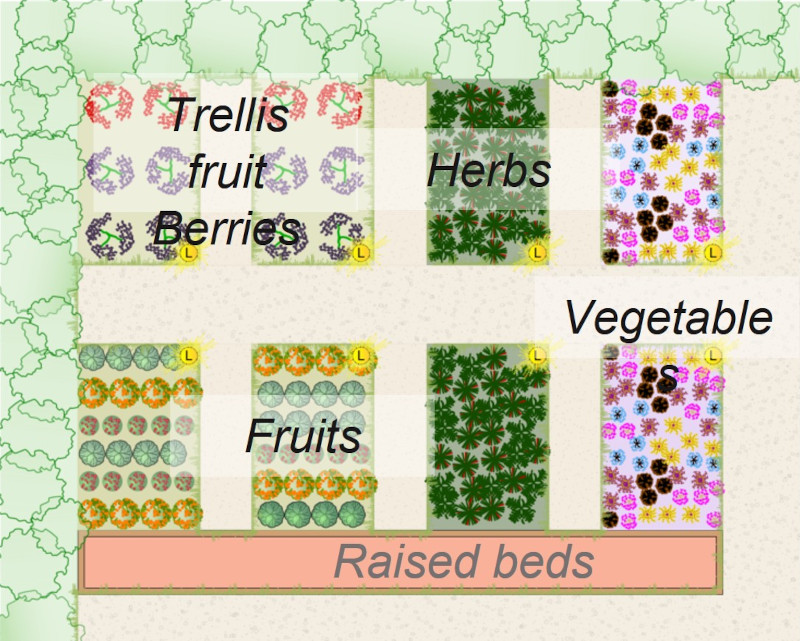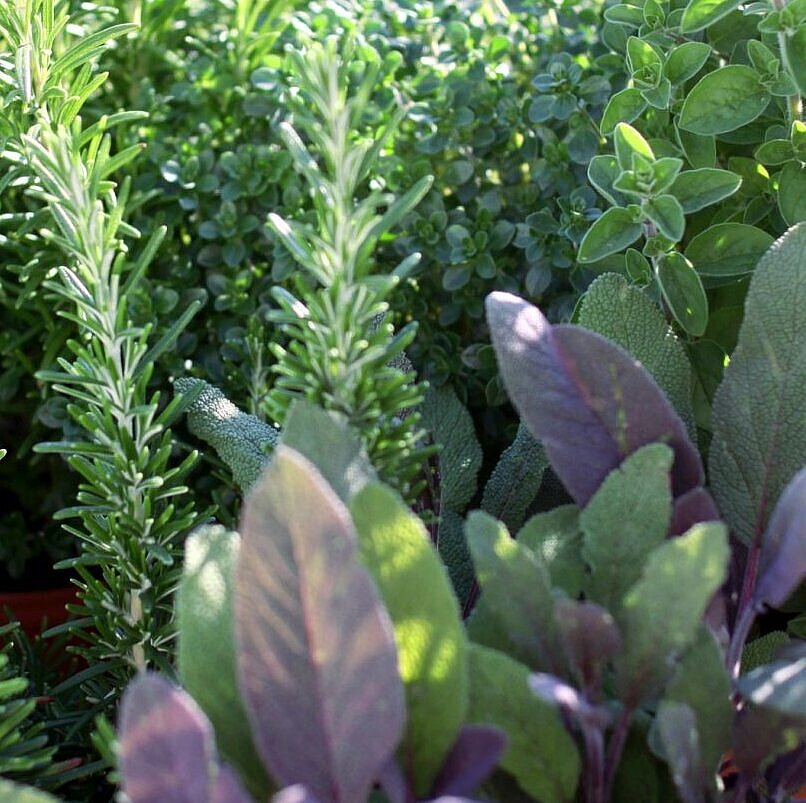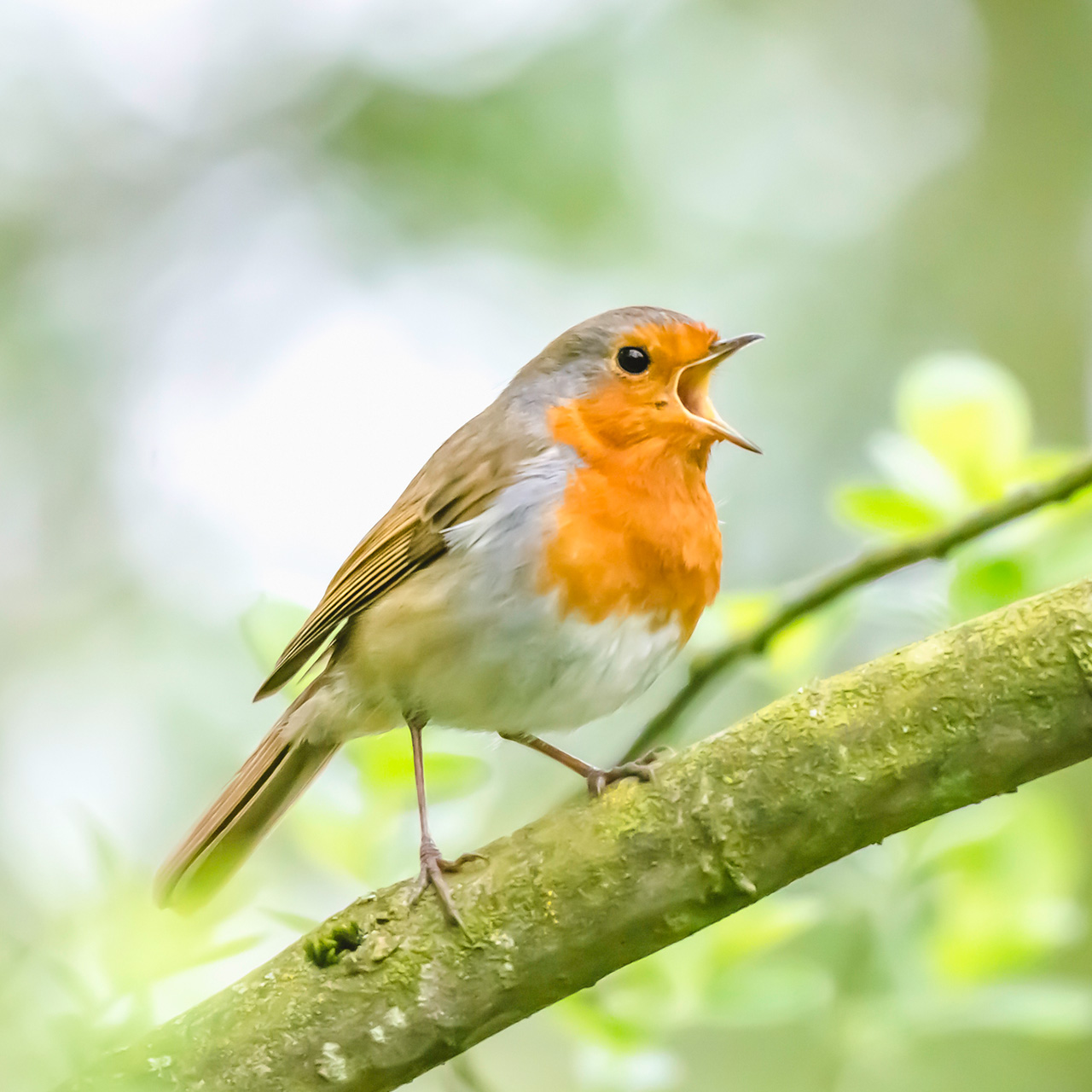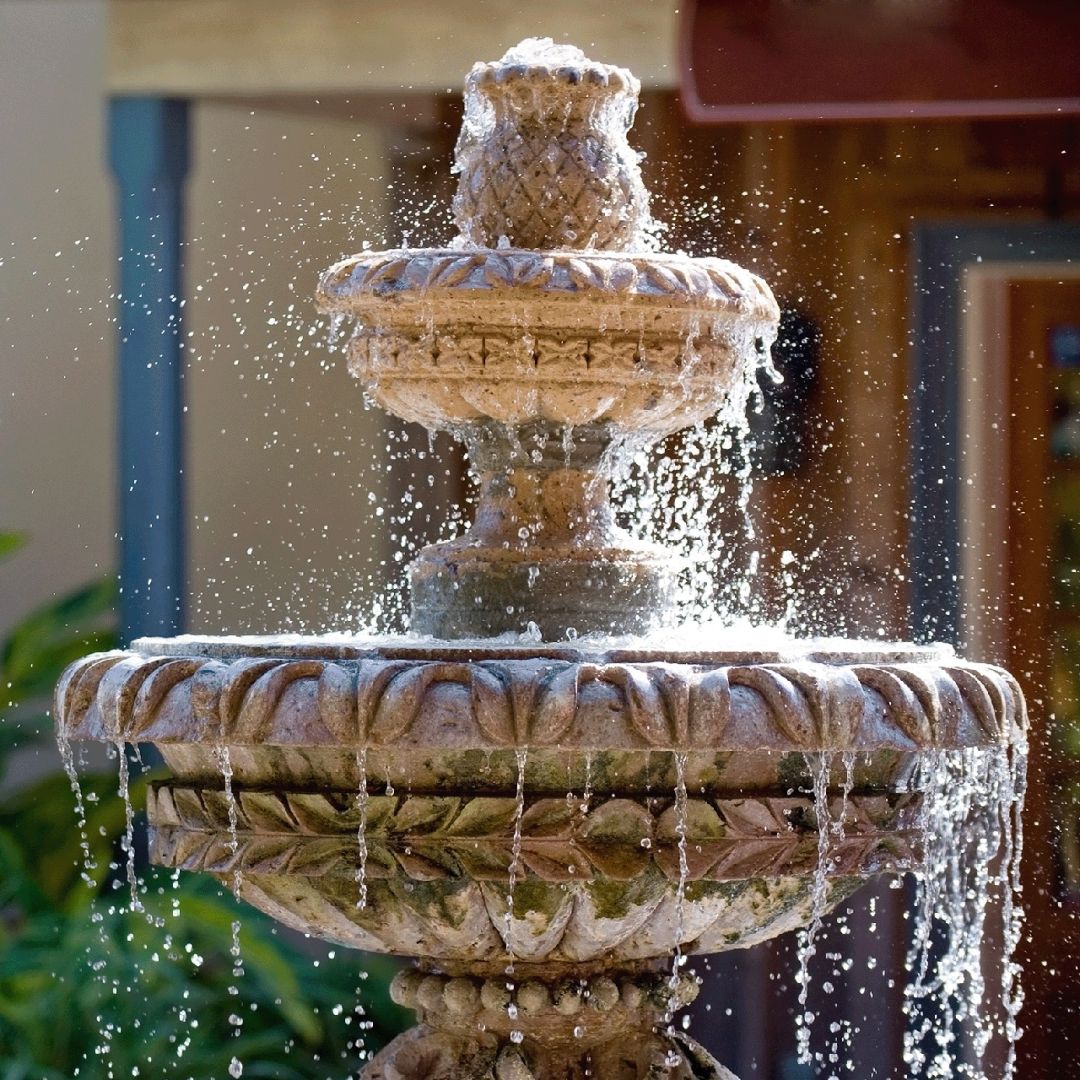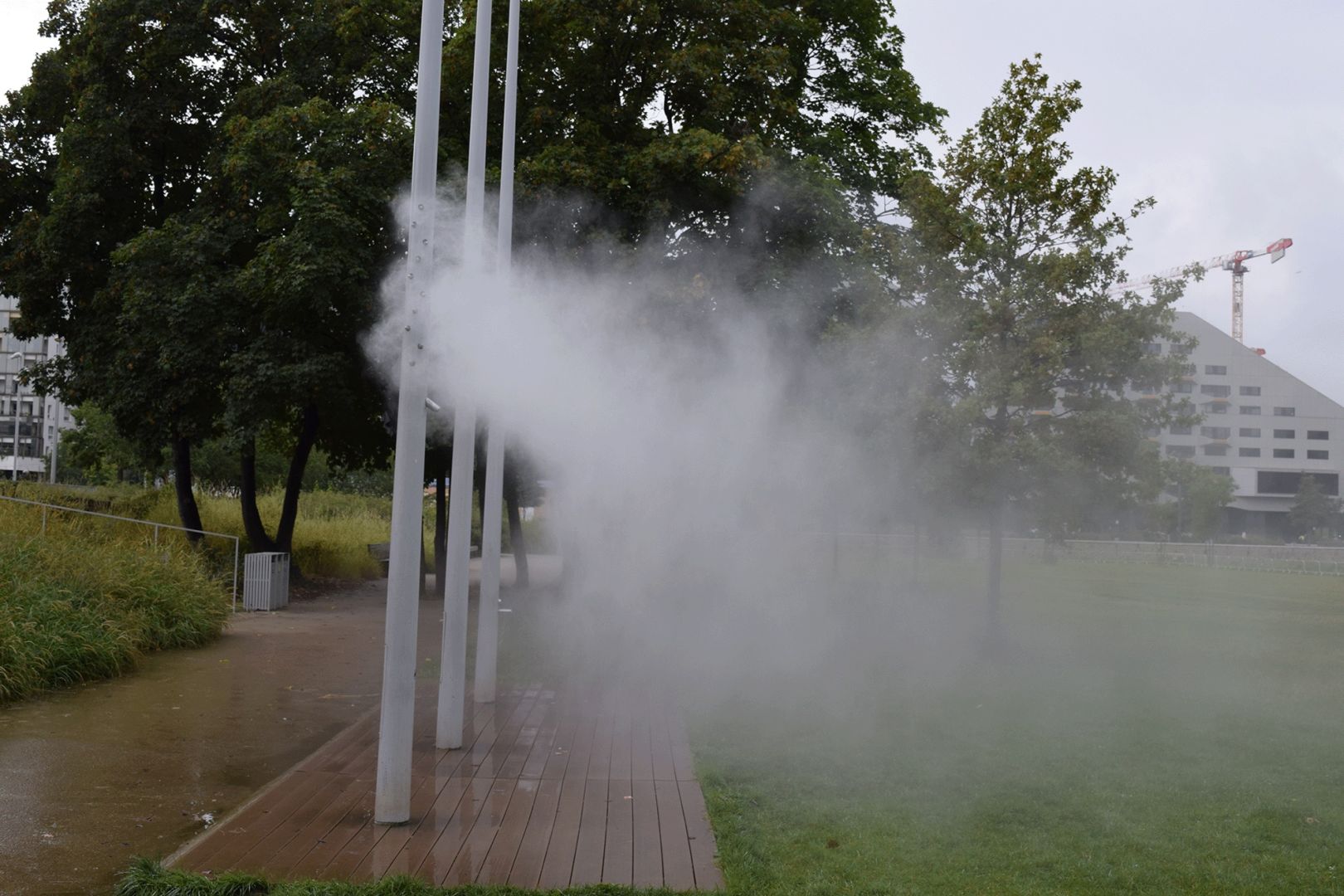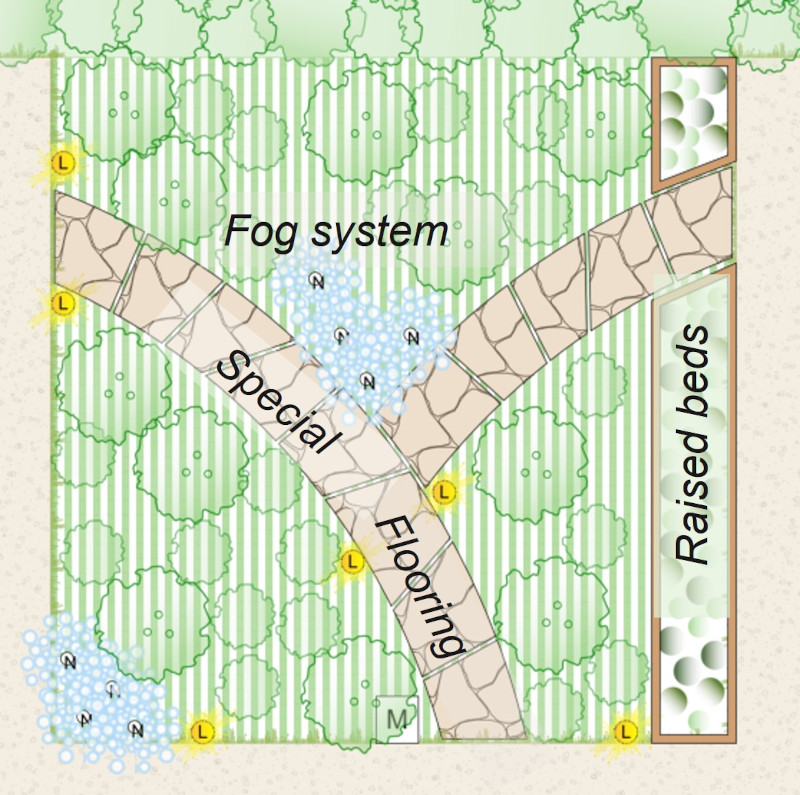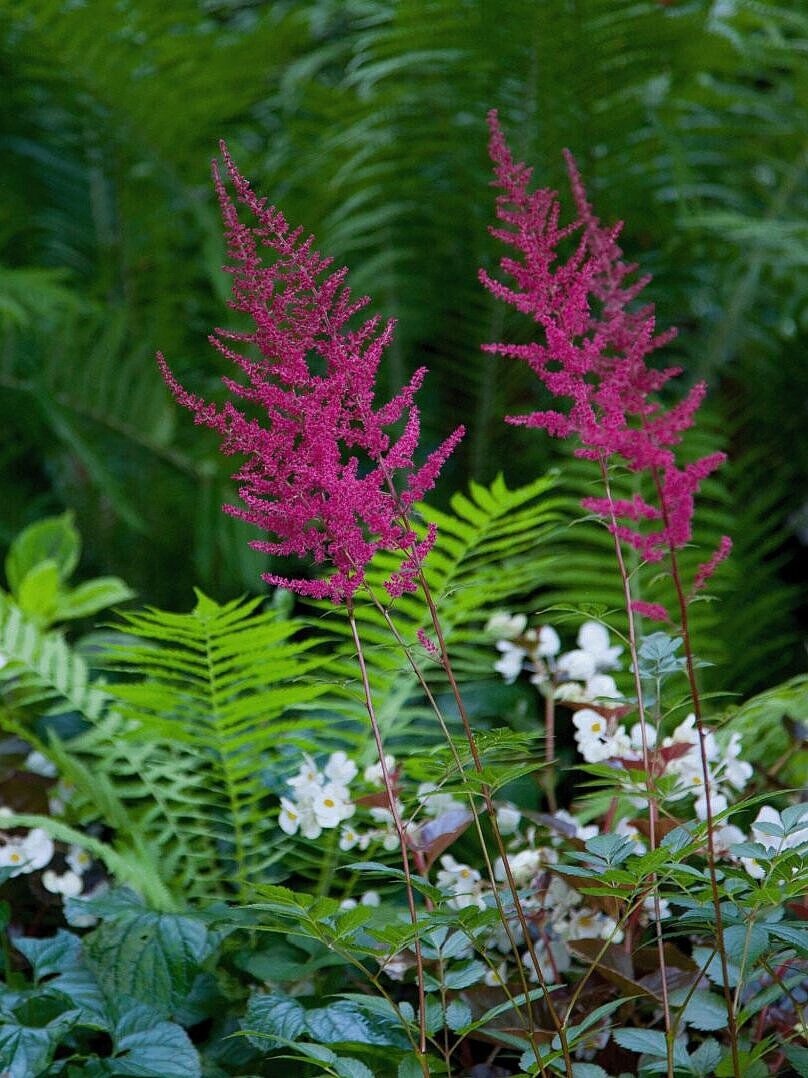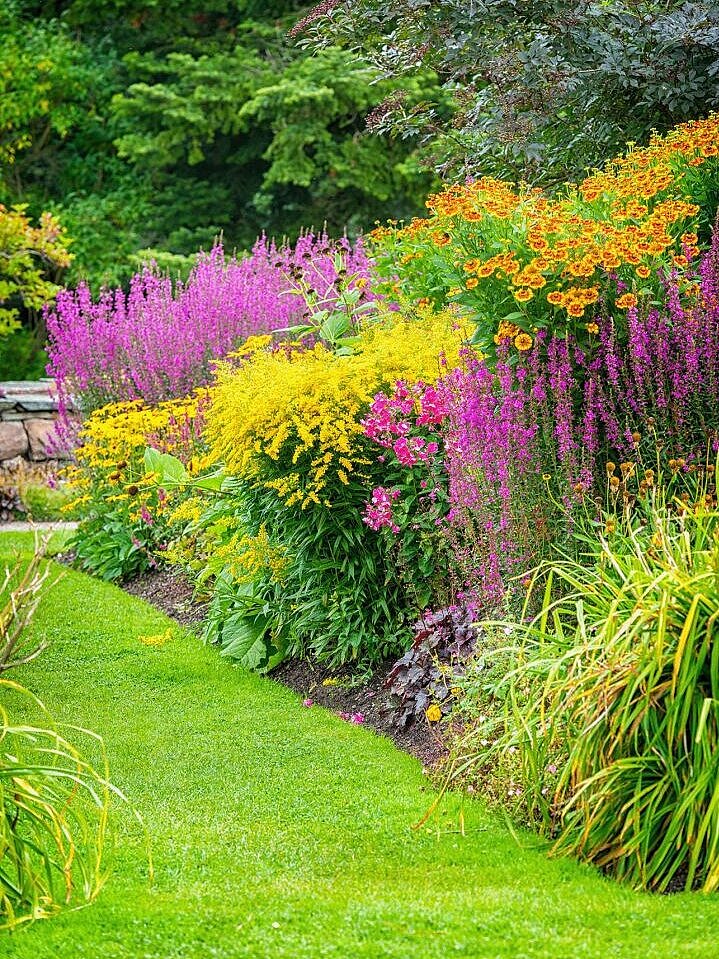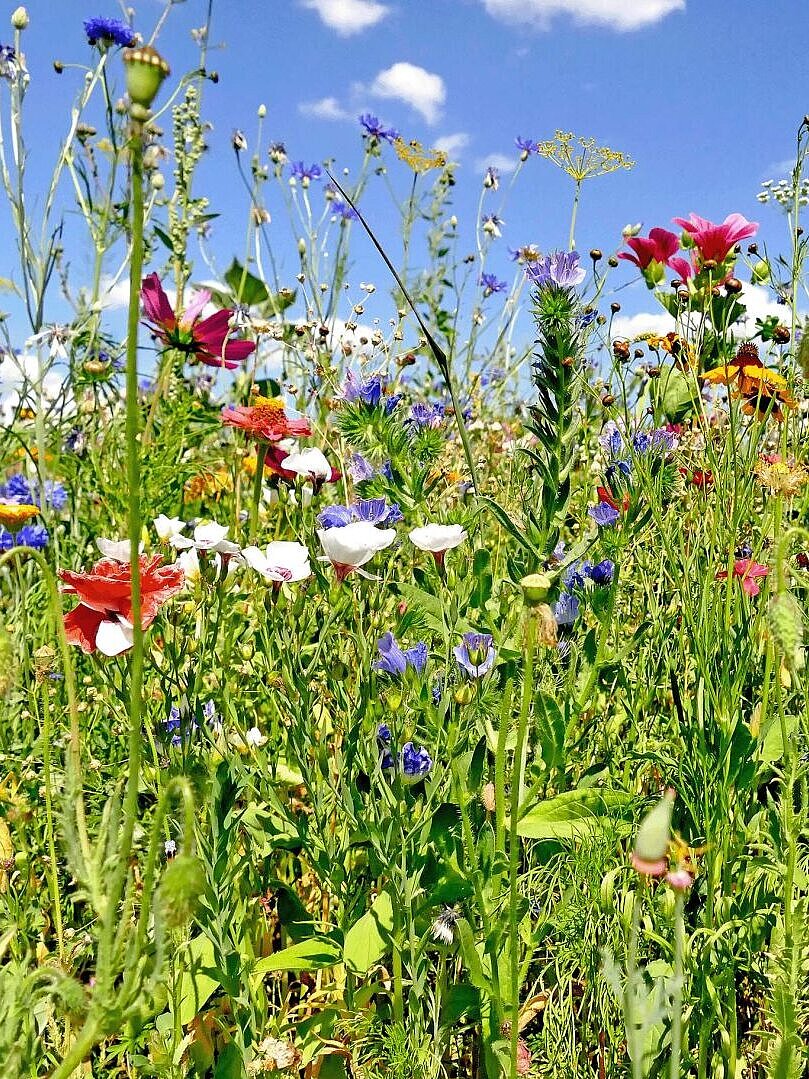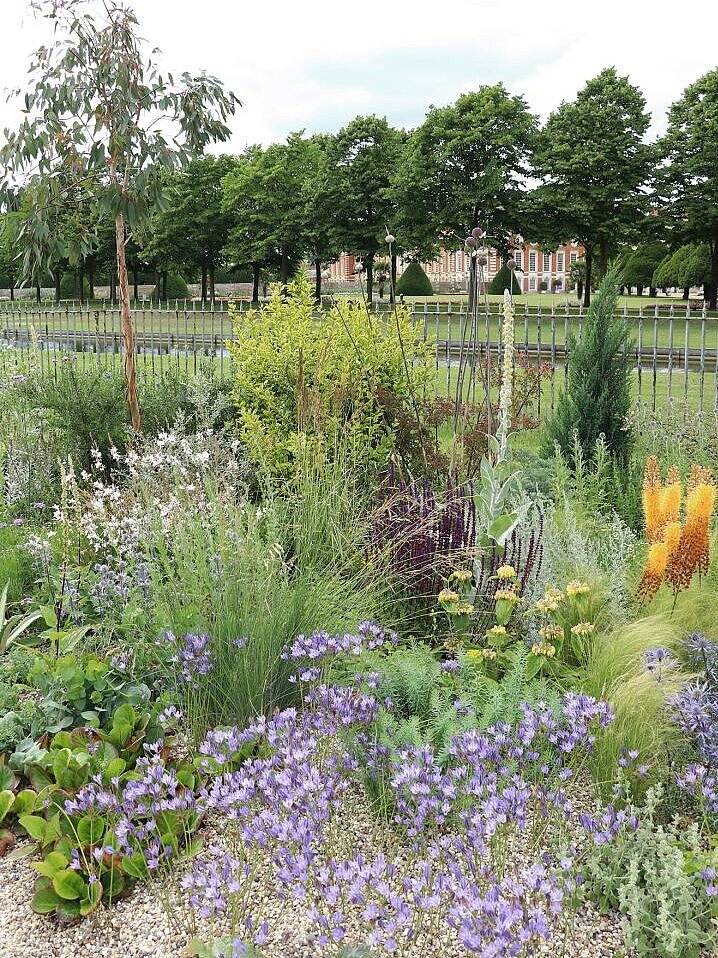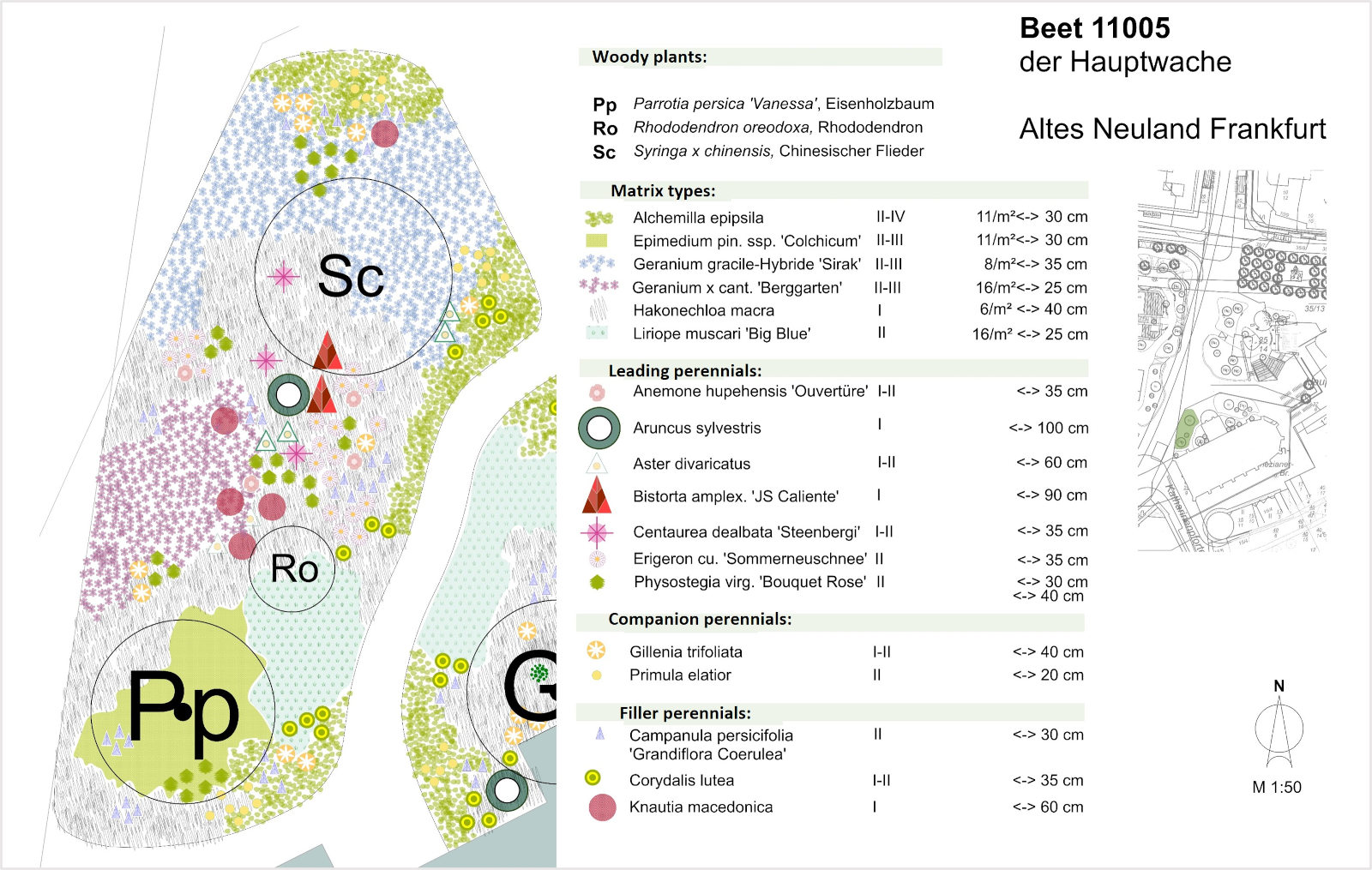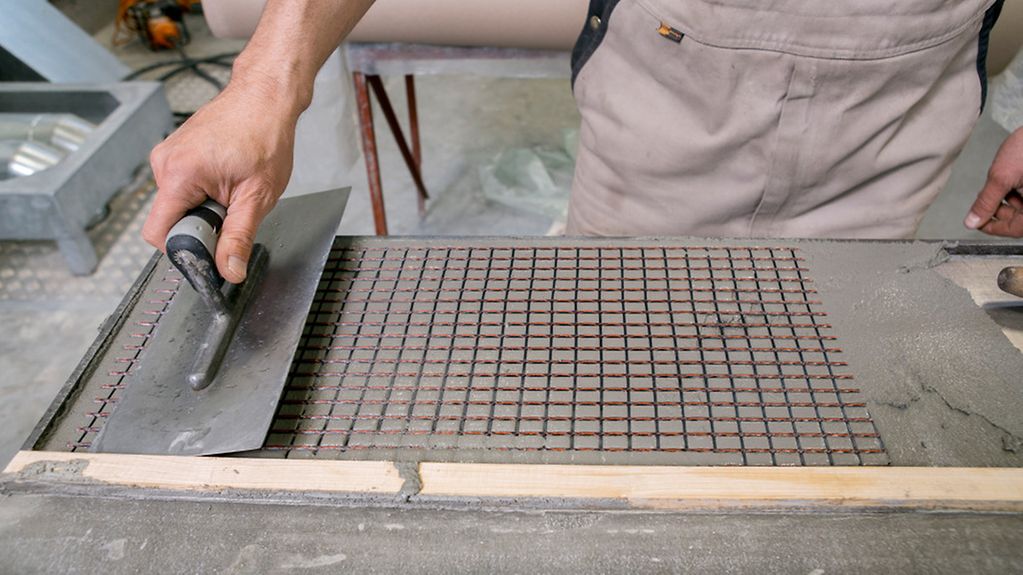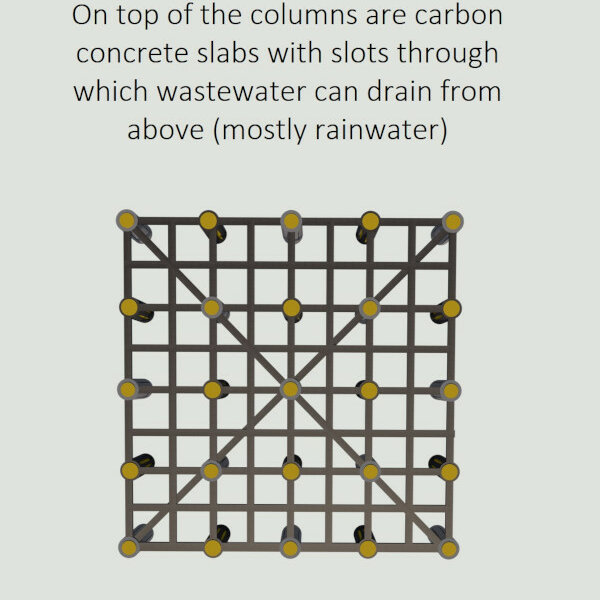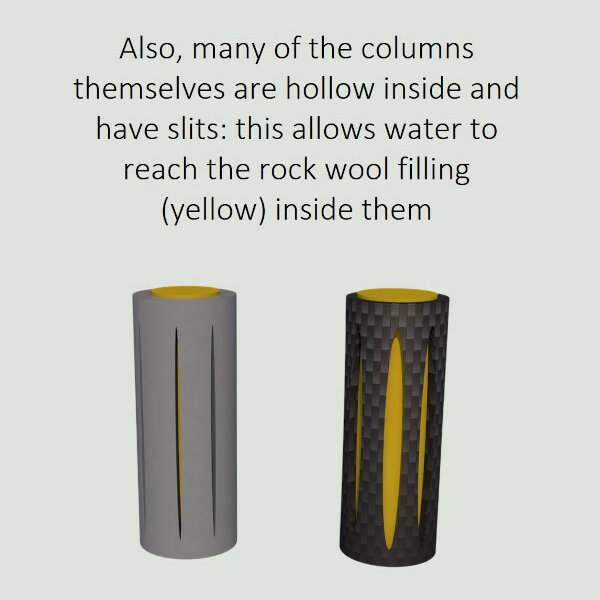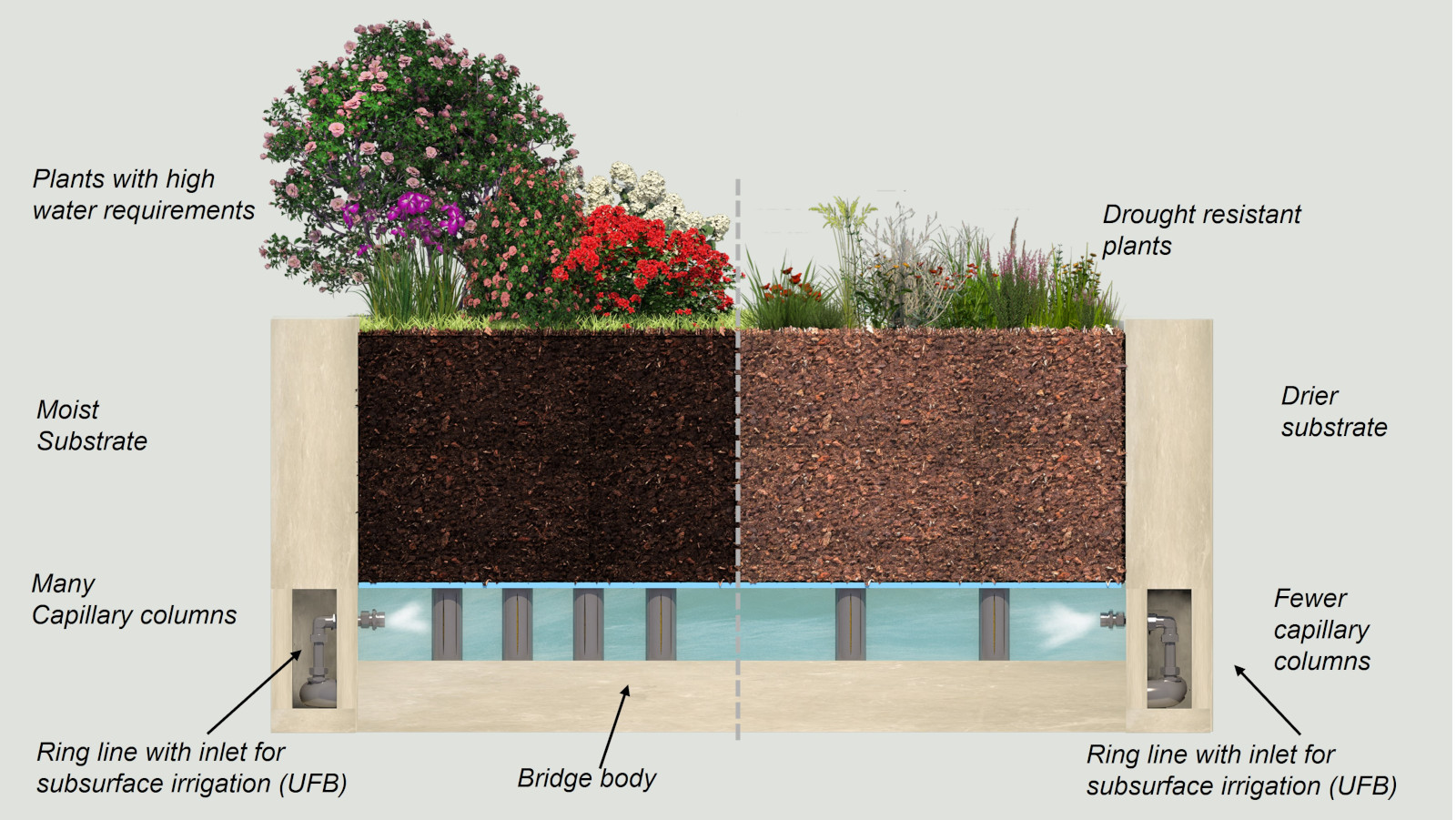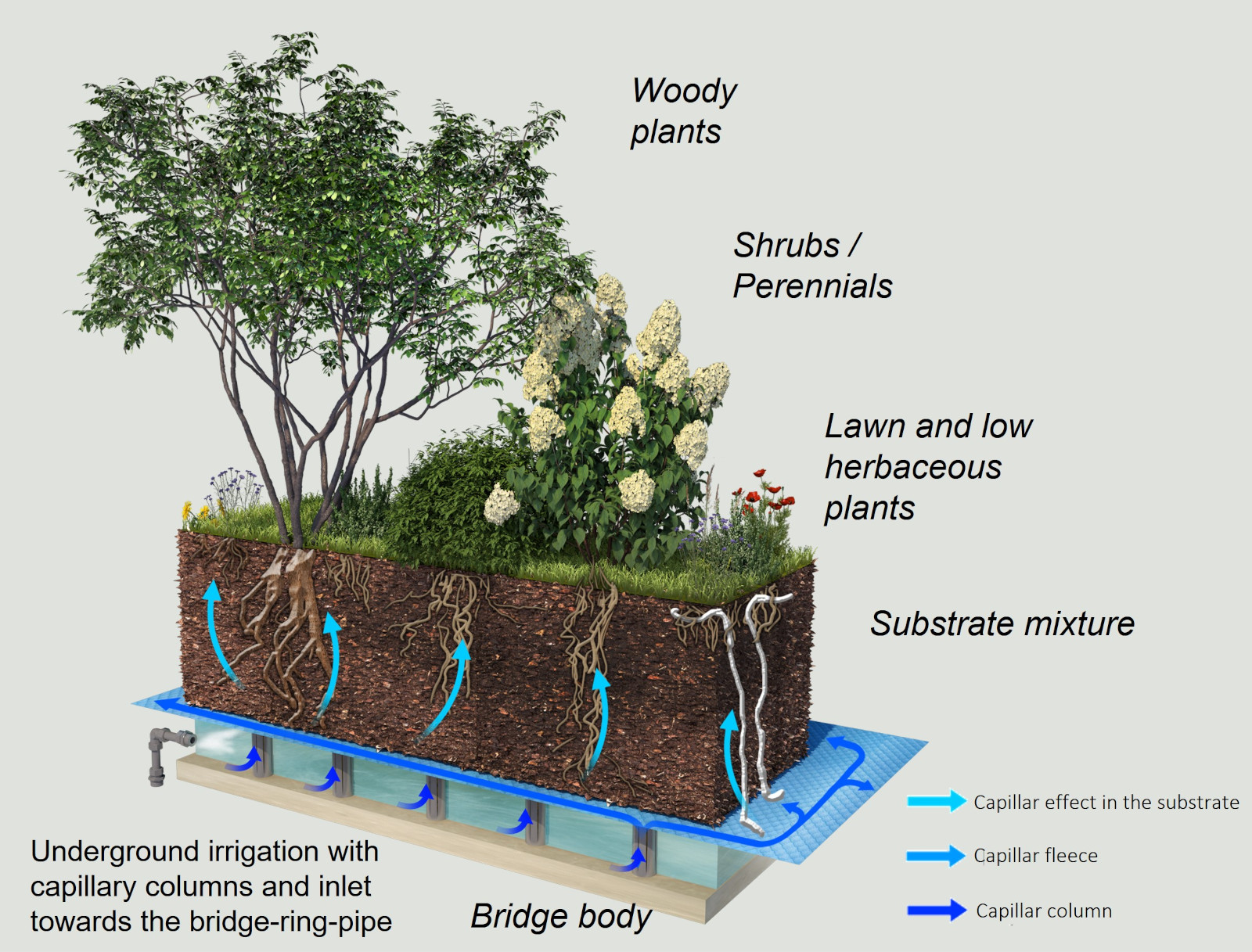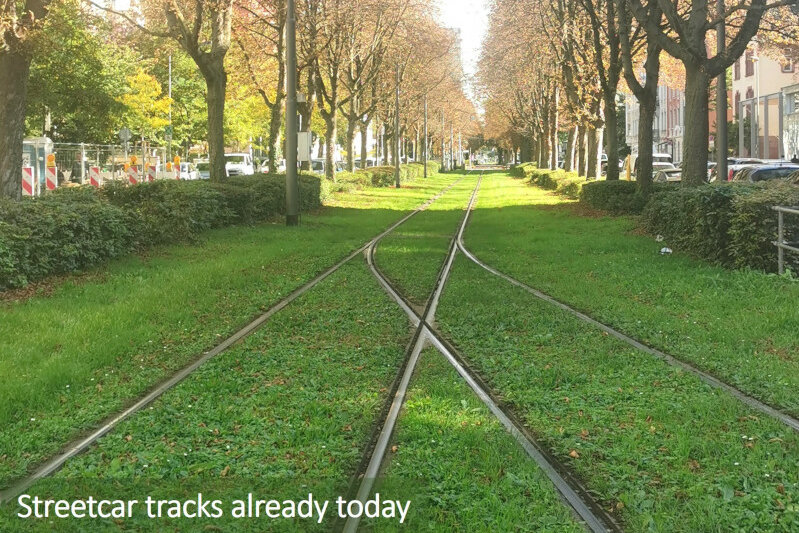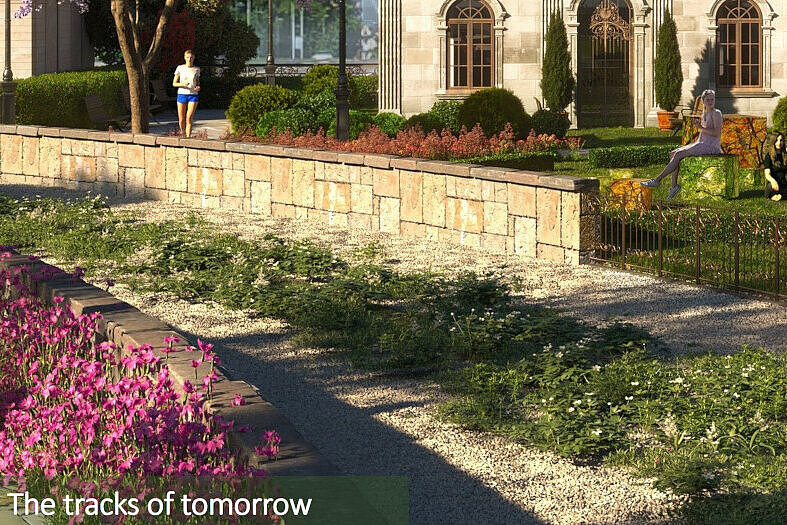Content: An overview of the green spaces on Frankfurt's bridges
The green space landscape of the Frankfurt bridges is diversified: There are special sections for the most diverse user groups that are appropriately designed in terms of landscape architecture. This diverse offer creates a colorful world of experience.
Bed planning on the bridges is based not only on aesthetic principles, but also has a research and conservation character.
The green areas on the bridges are also irrigated in an environmentally friendly and water-saving manner with the help of a continuous underfloor irrigation system.

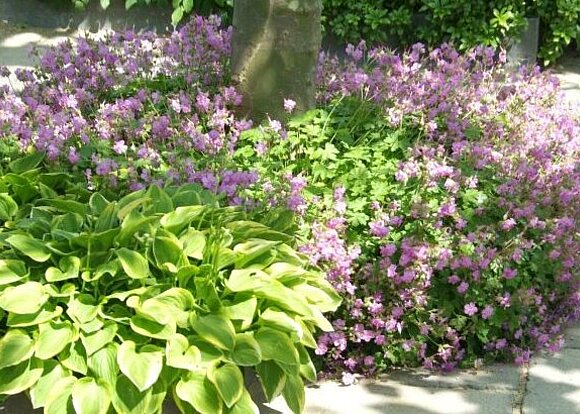

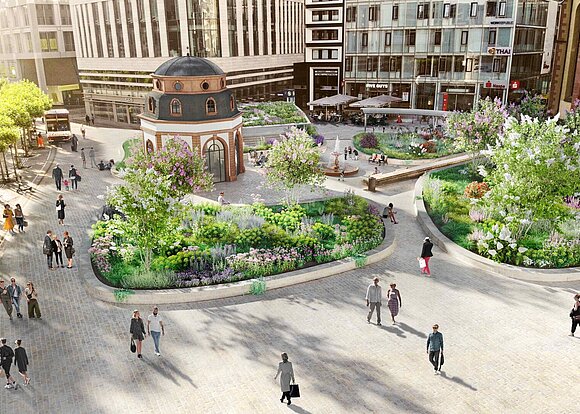

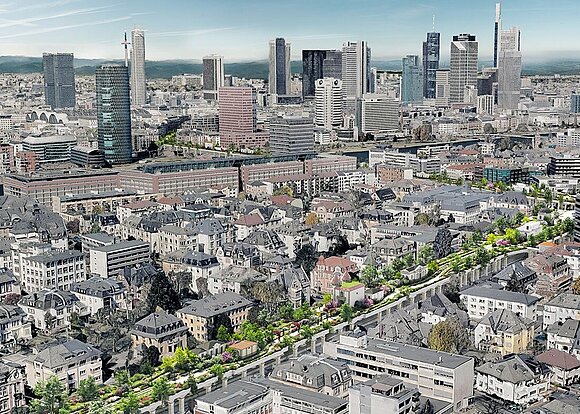
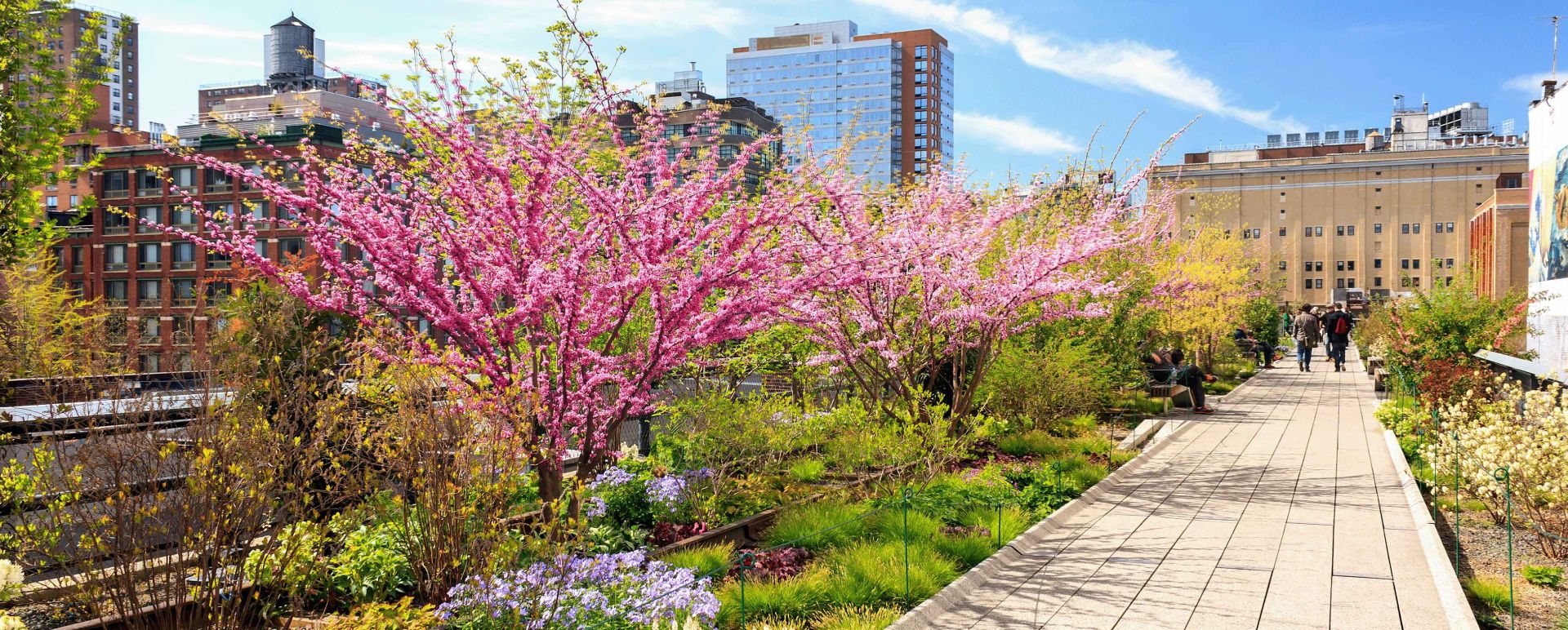



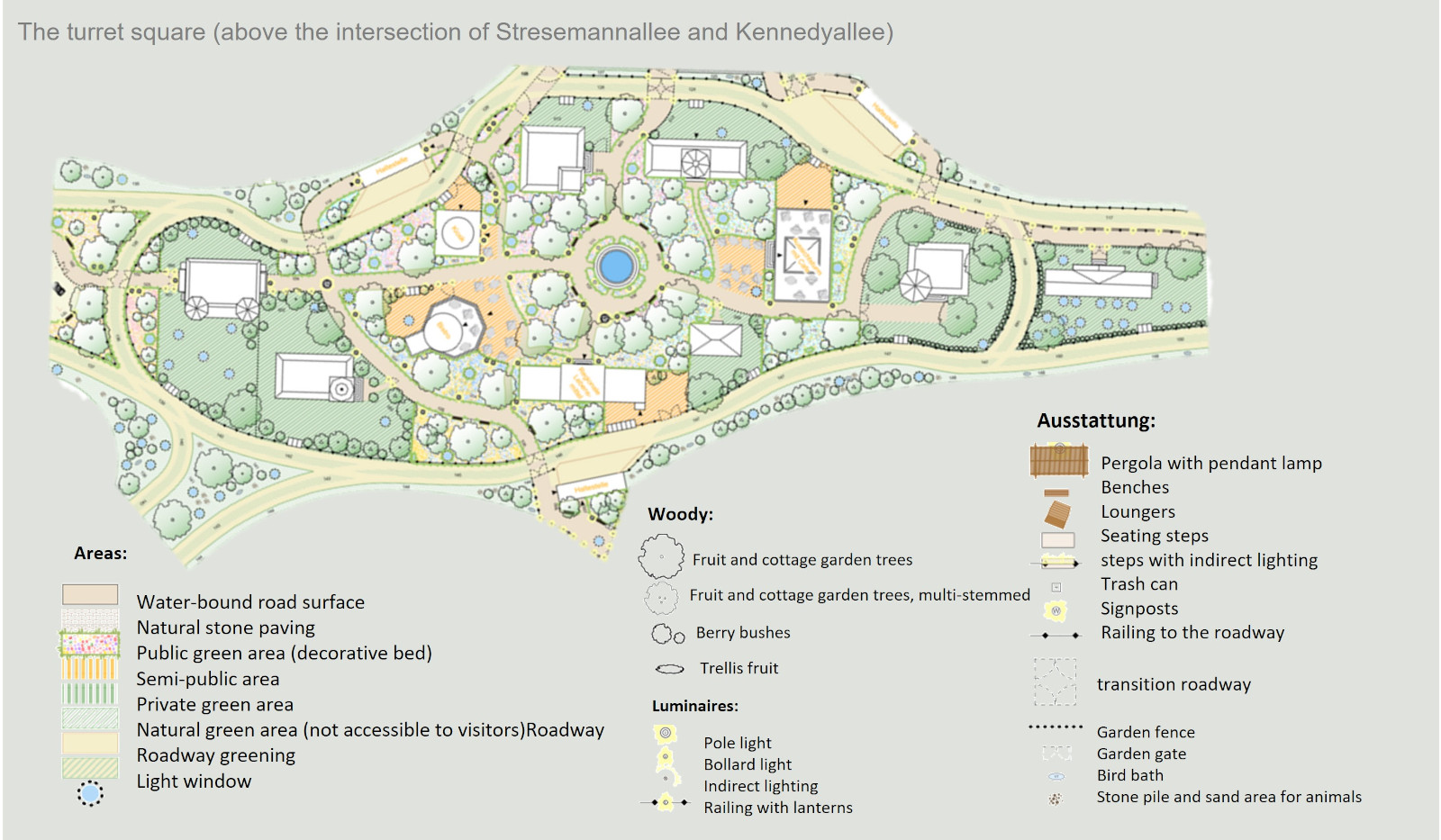


![[Translate to English:] playground-landscape.com](/fileadmin/Themenseiten_Inhalte/2_Gruen/40_gruen_auf_den_bruecken/09_Barrierefreier_Spielplatz.jpg)
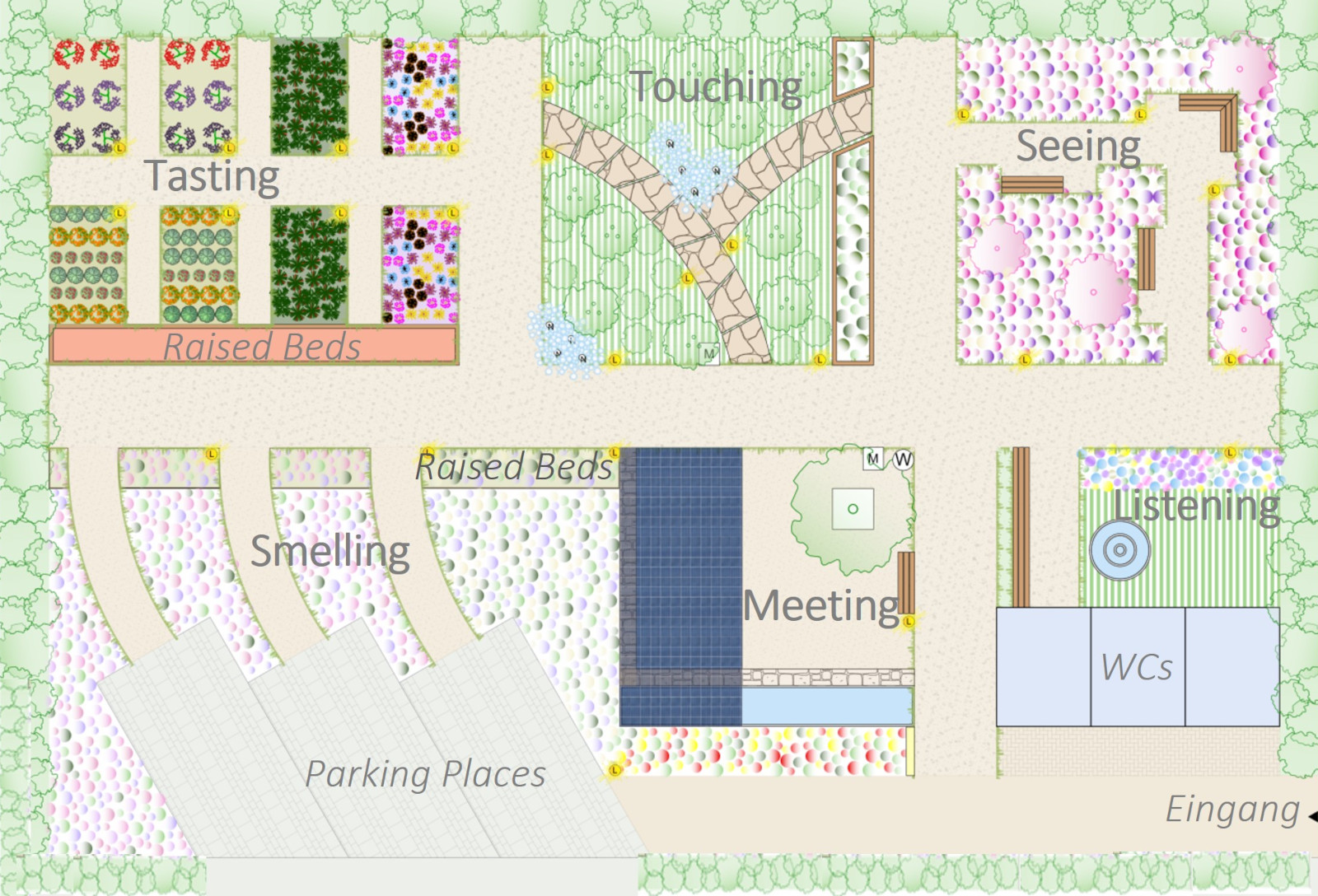
![[Translate to English:] Eirasophie - iStock](/fileadmin/_processed_/e/b/csm_21_Therapiegarten_treffen_iStock-Eirasophie_-1303378577_20f9c8904f.jpg)
![[Translate to English:] fotolinchen - iStock](/fileadmin/_processed_/8/9/csm_16_Therapiegarten_Treffen_fotolinchen-iStock-157611714_e74f7d0692.jpg)
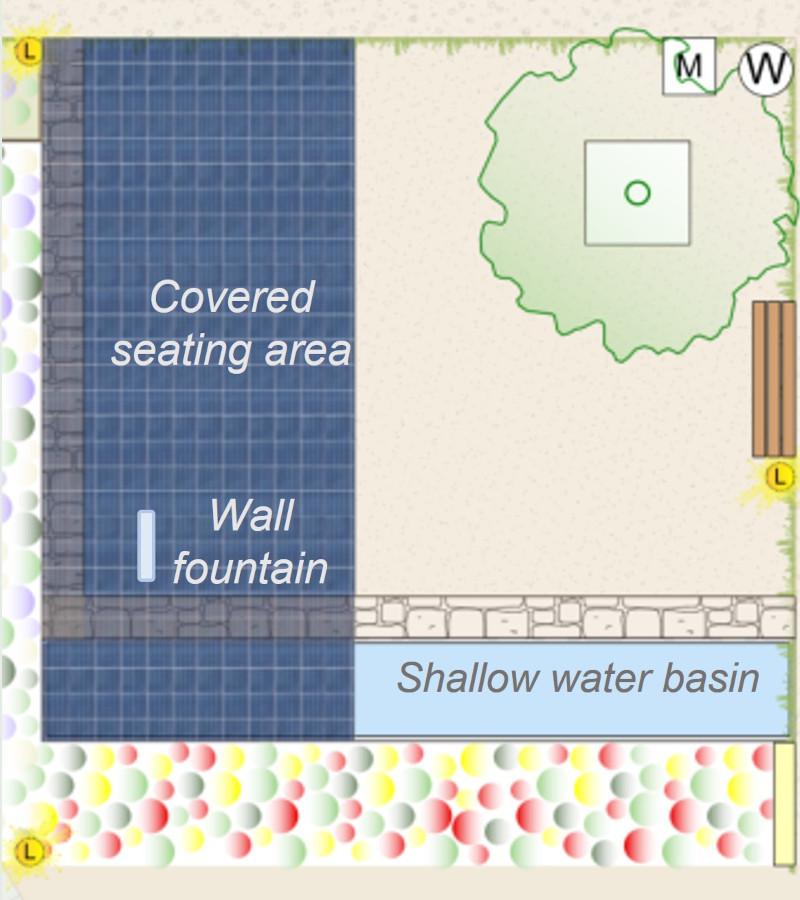
![[Translate to English:] AlbrechtFietz Pixabay.com](/fileadmin/_processed_/a/d/csm_13_Therapiegarten_Sehen-Albrecht_Fietz_auf_Pixabay_cdccfe9bac.jpg)
![[Translate to English:] Serg_Velusceac iStock.com](/fileadmin/_processed_/2/e/csm_24_Therapiegarten_sehen_Serg_Velusceac-iStock-487393943_49420e09af.jpg)

![[Translate to English:] rookman - iStock](/fileadmin/_processed_/f/0/csm_23-Therapiegarten-schmecken-rookman-iStock-153495991_bf46efefd2.jpg)
![[Translate to English:] Sandra Westermann - iStock](/fileadmin/_processed_/c/2/csm_22Sandra_Westermann_iStock_1320956522_6029b8bef9.jpg)
